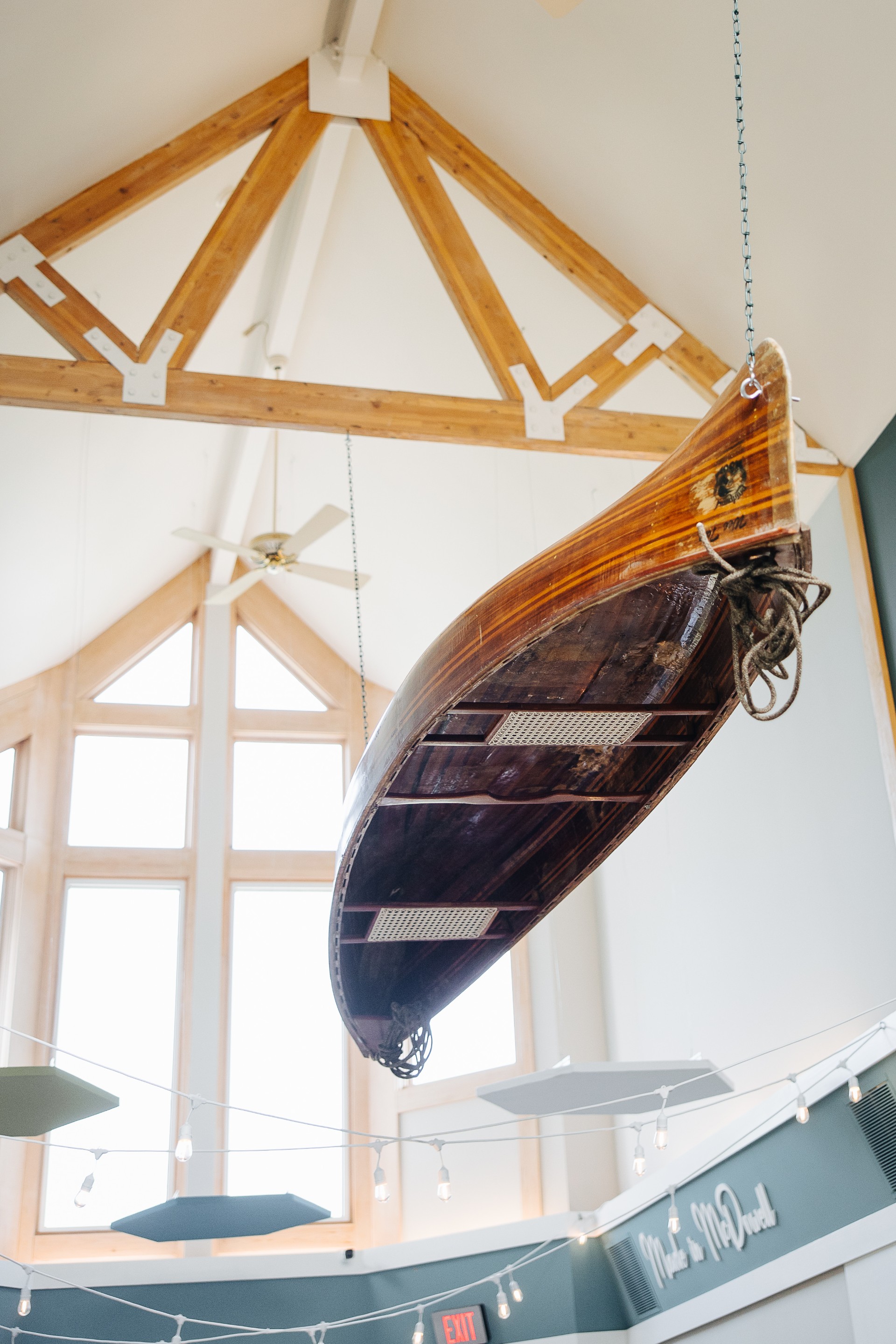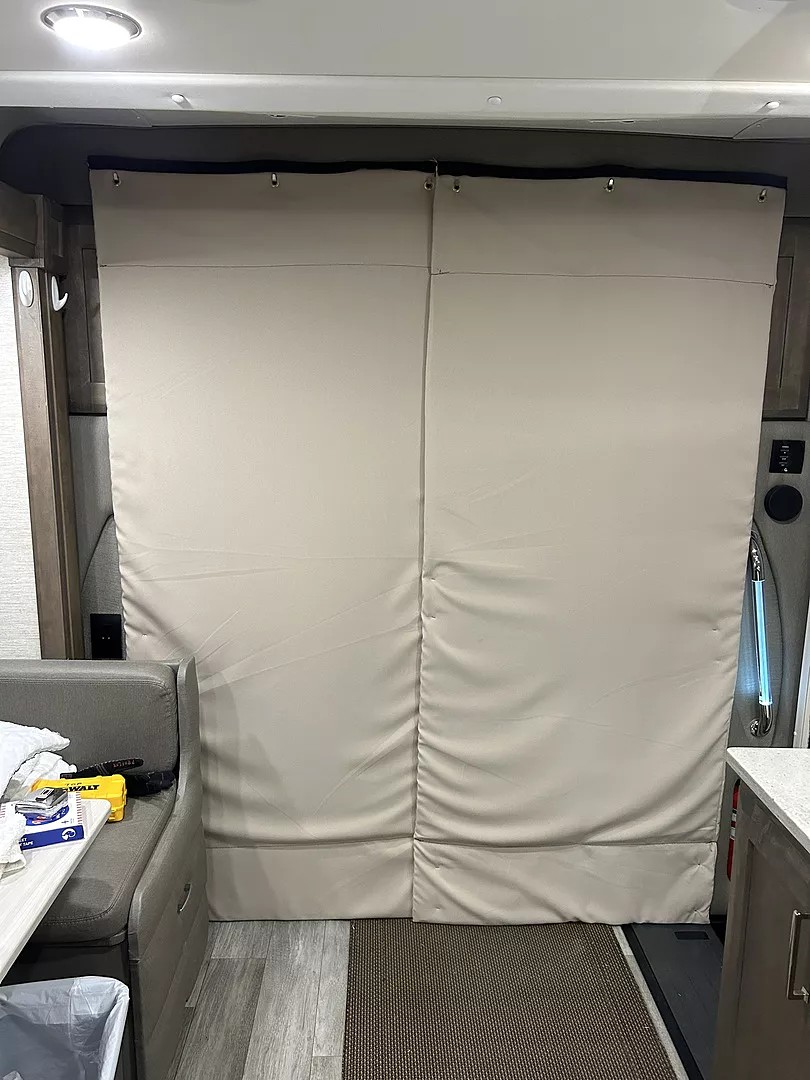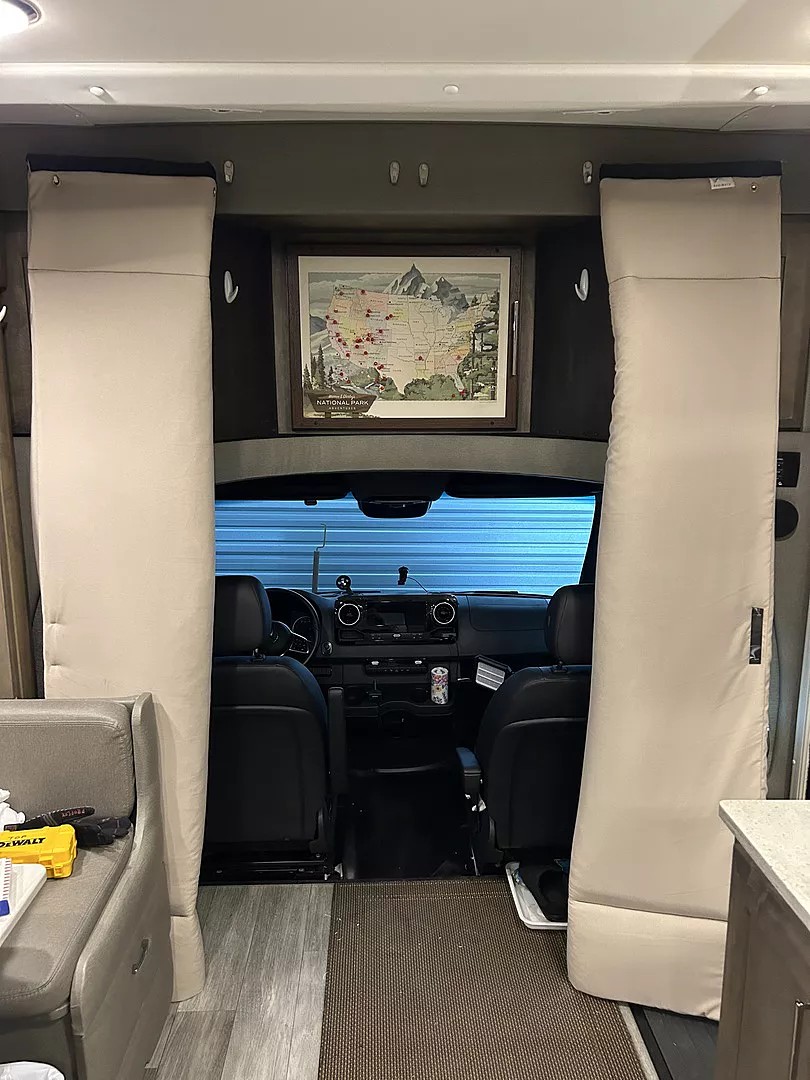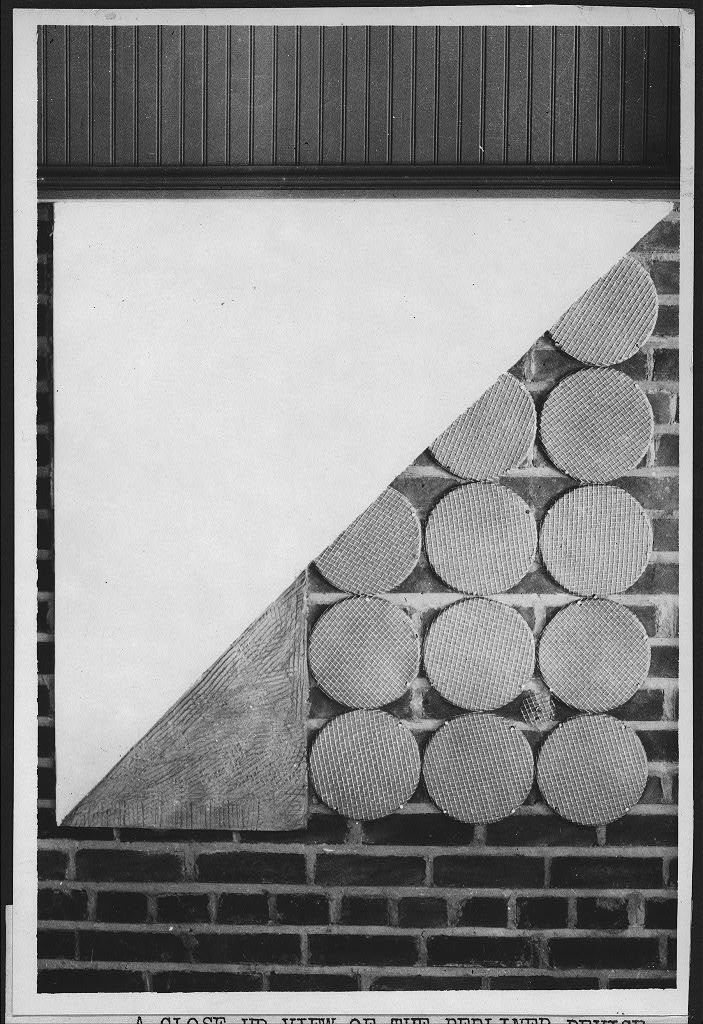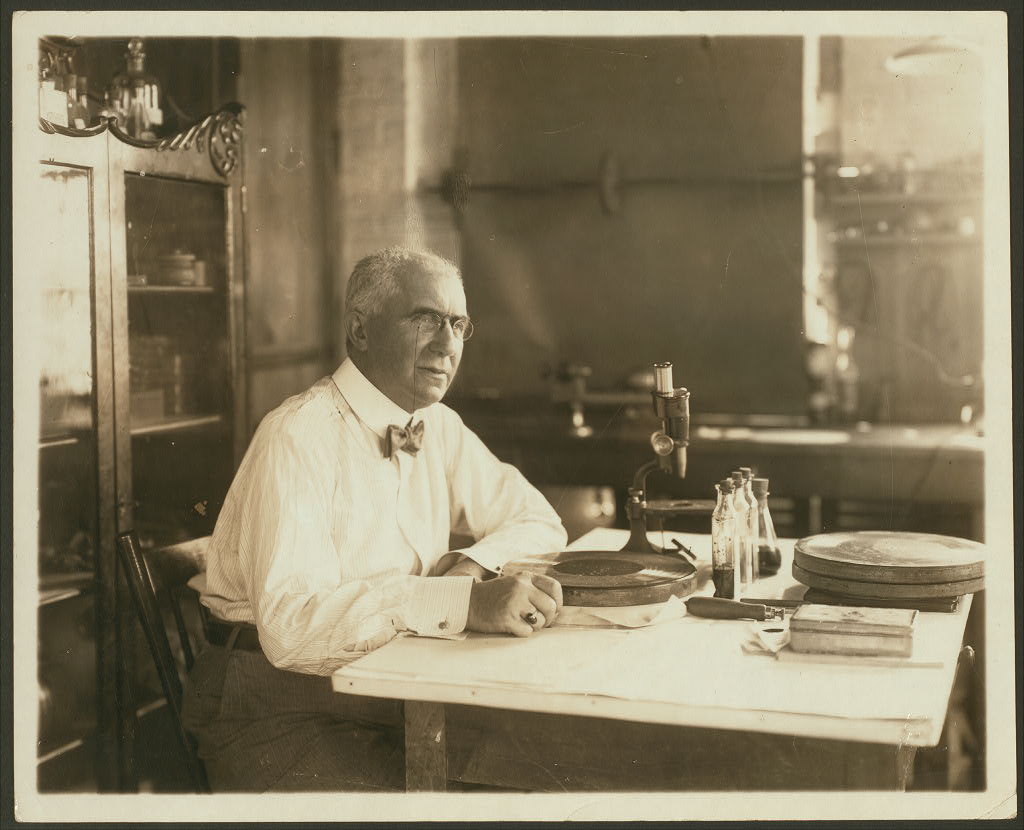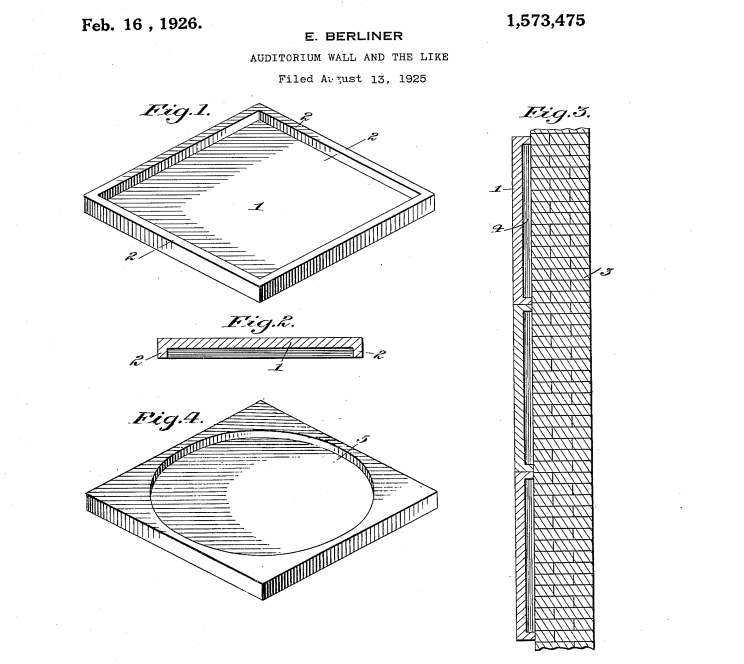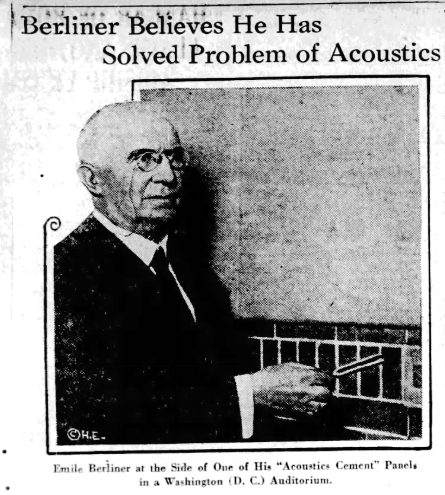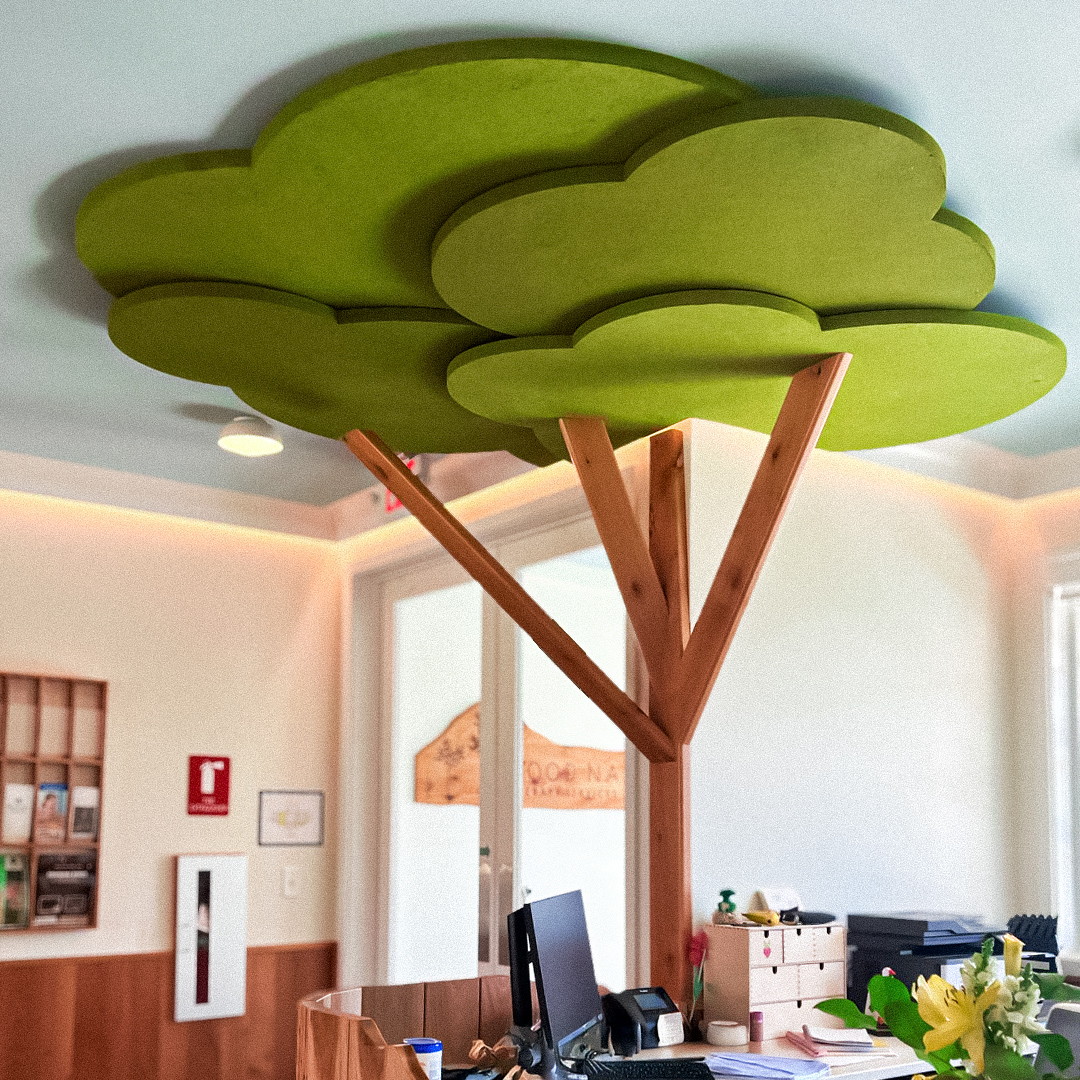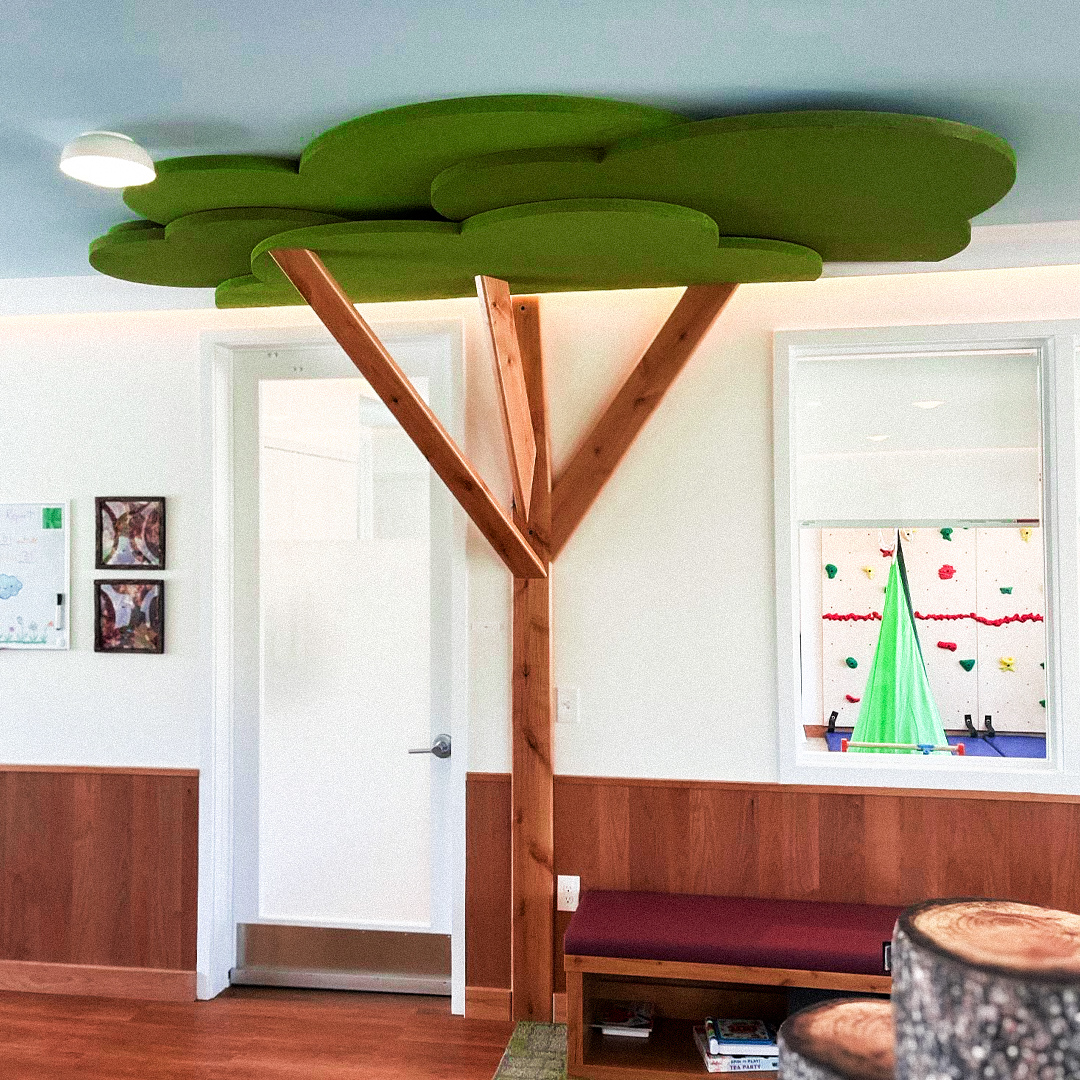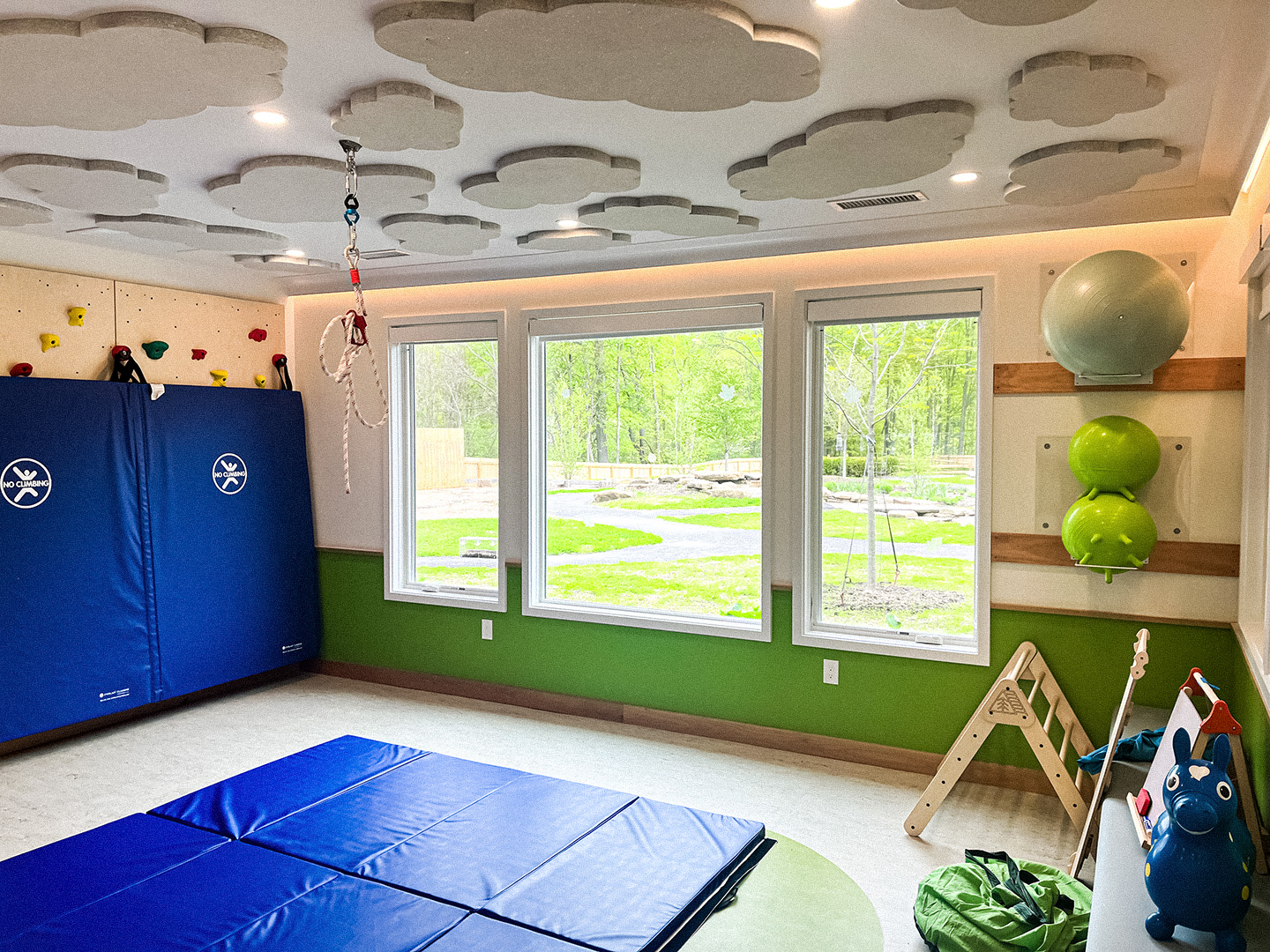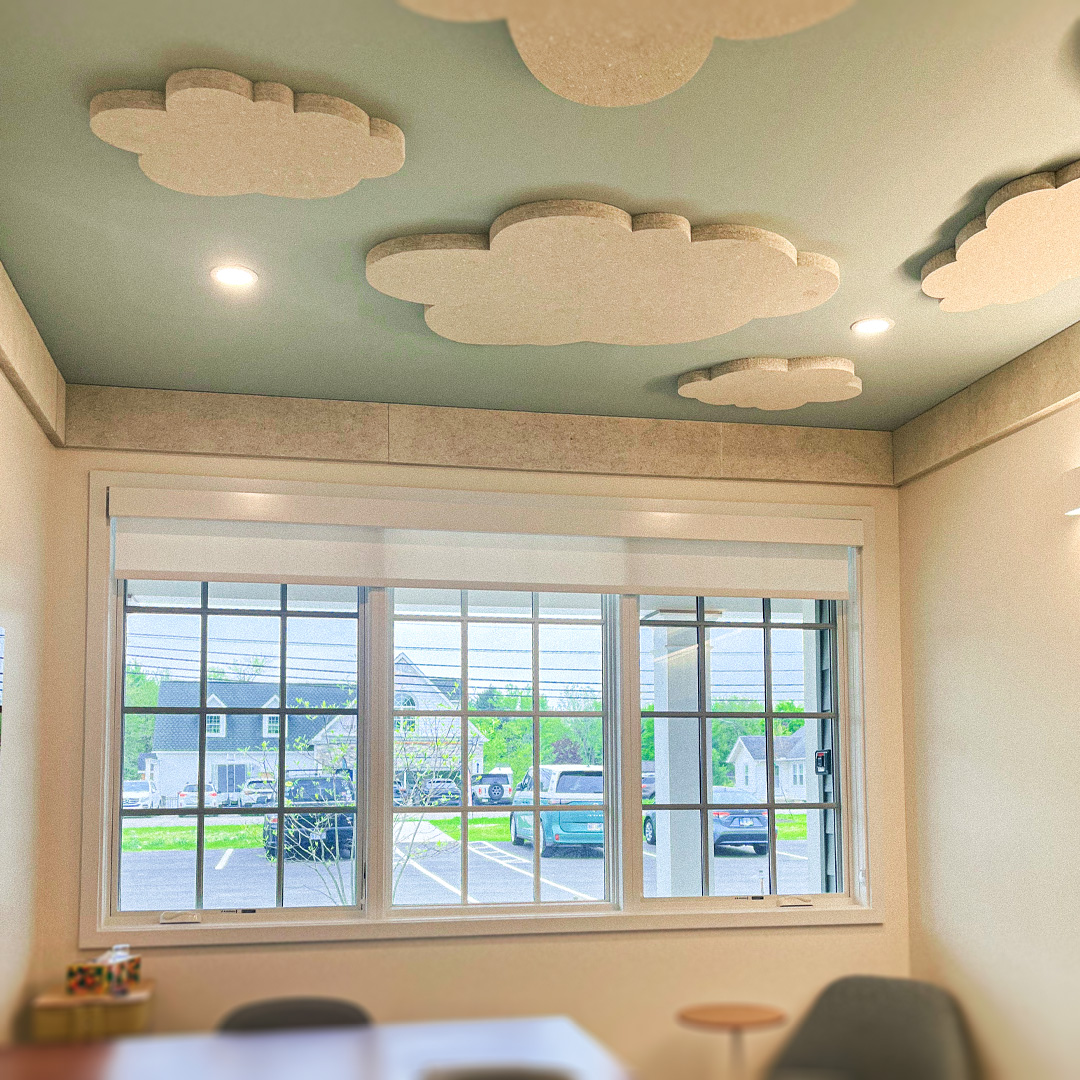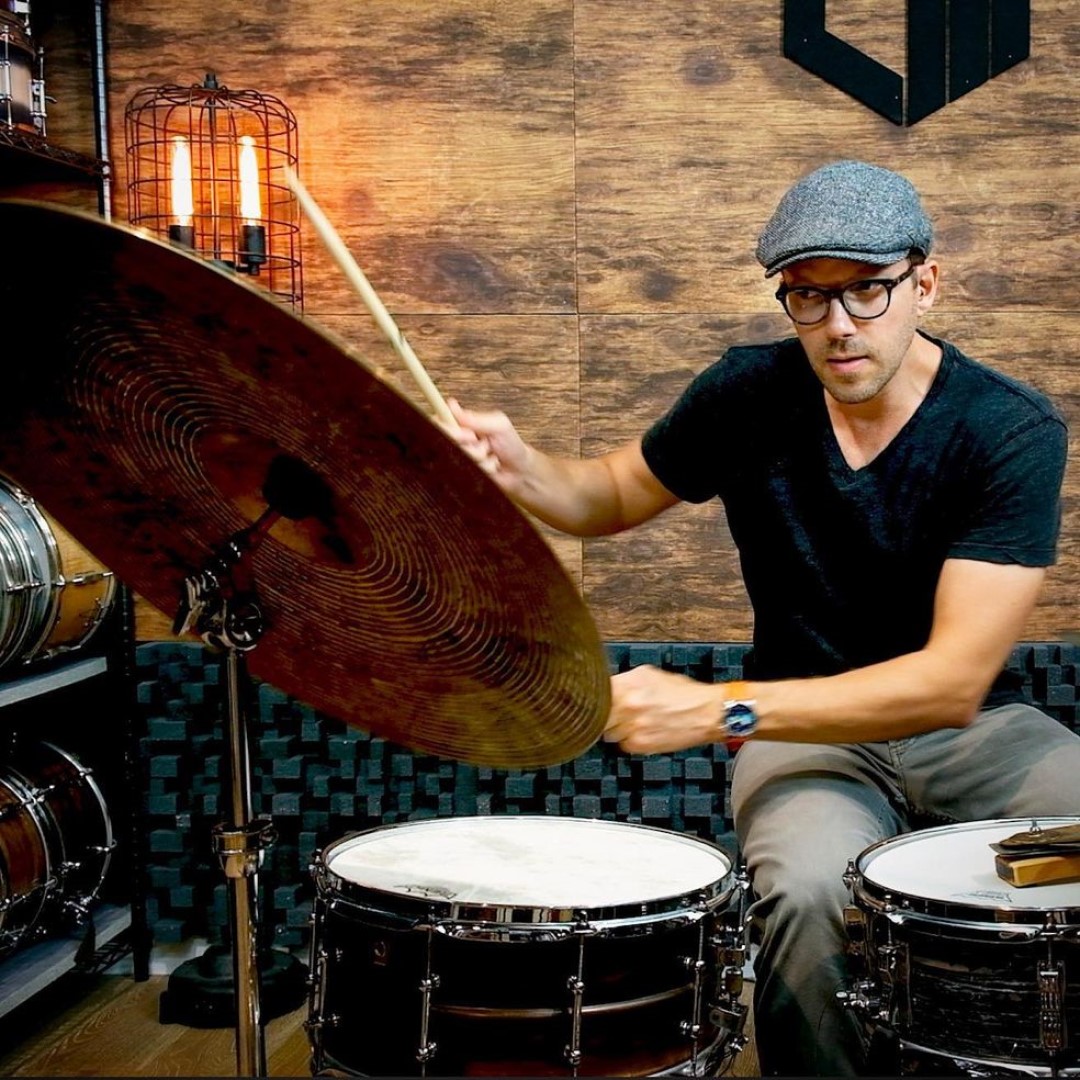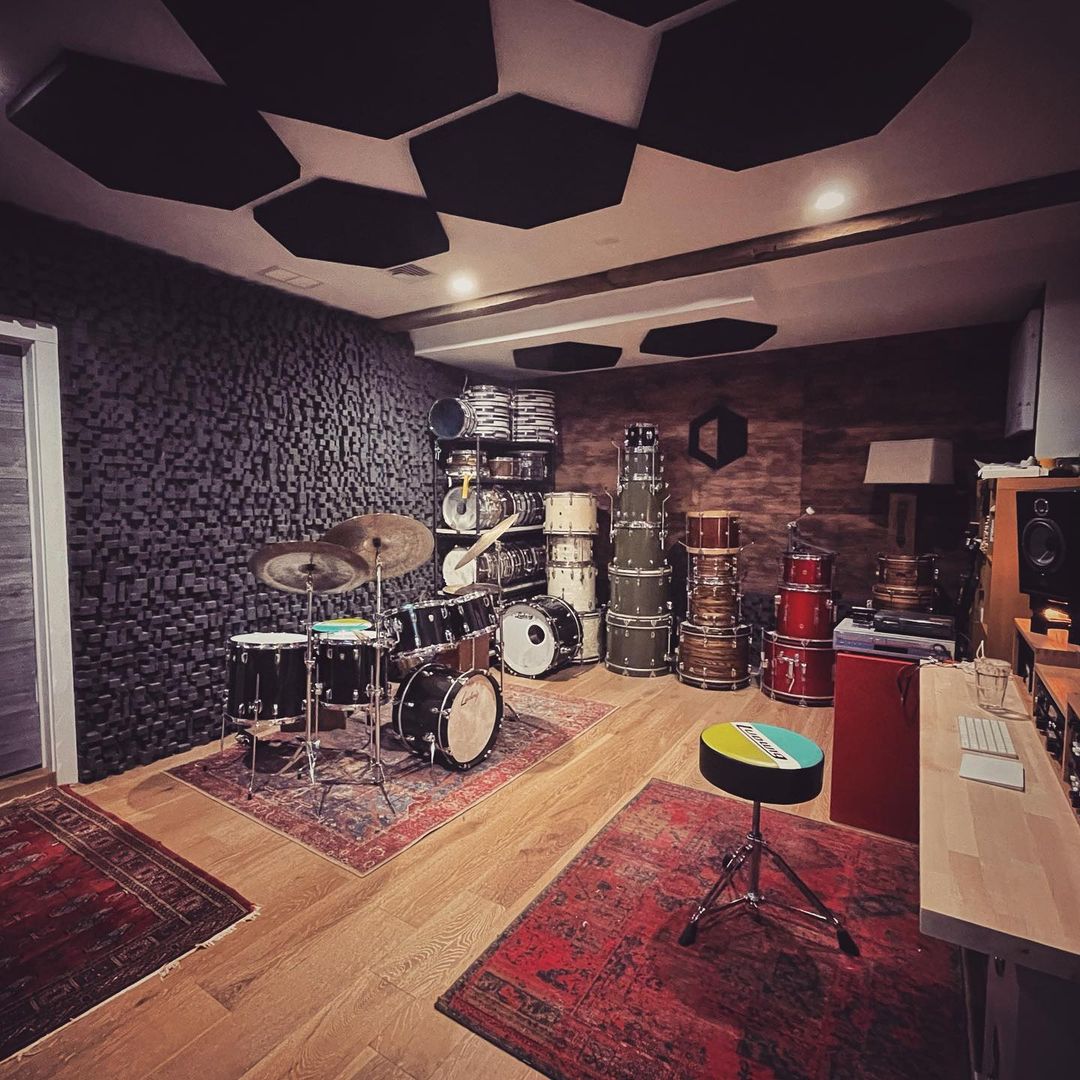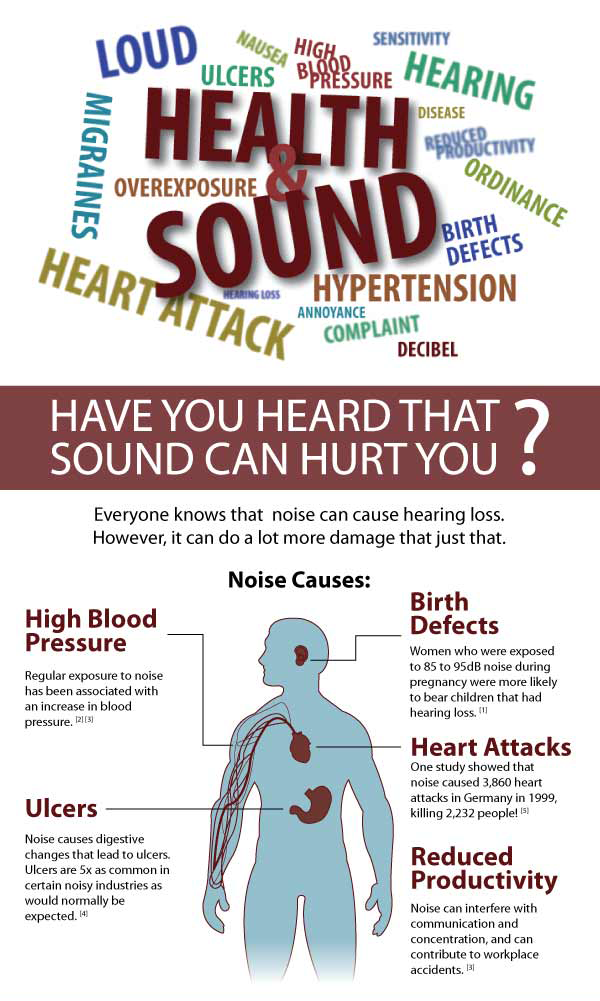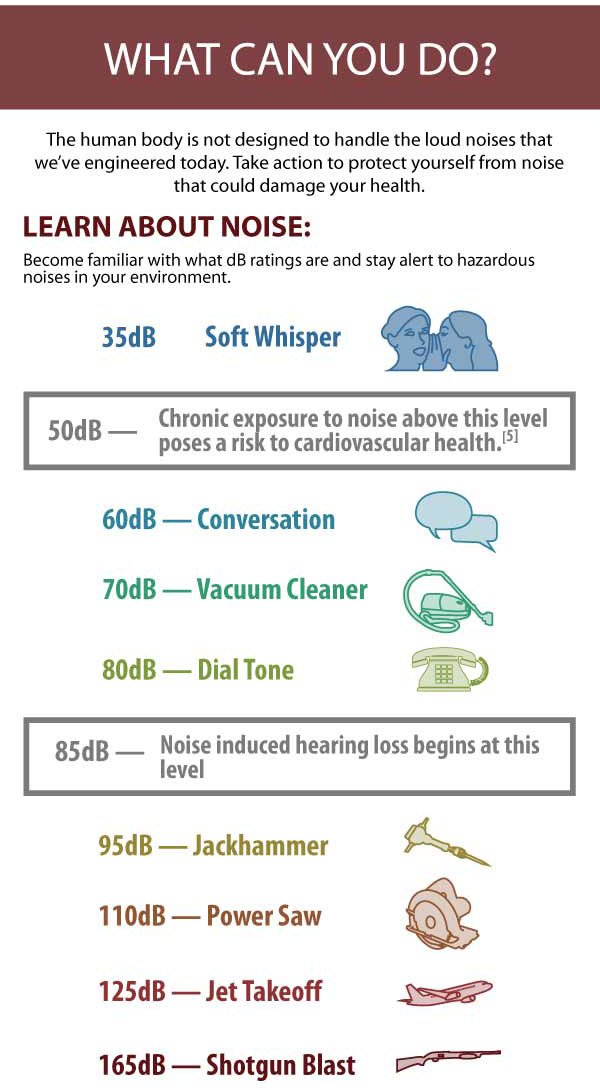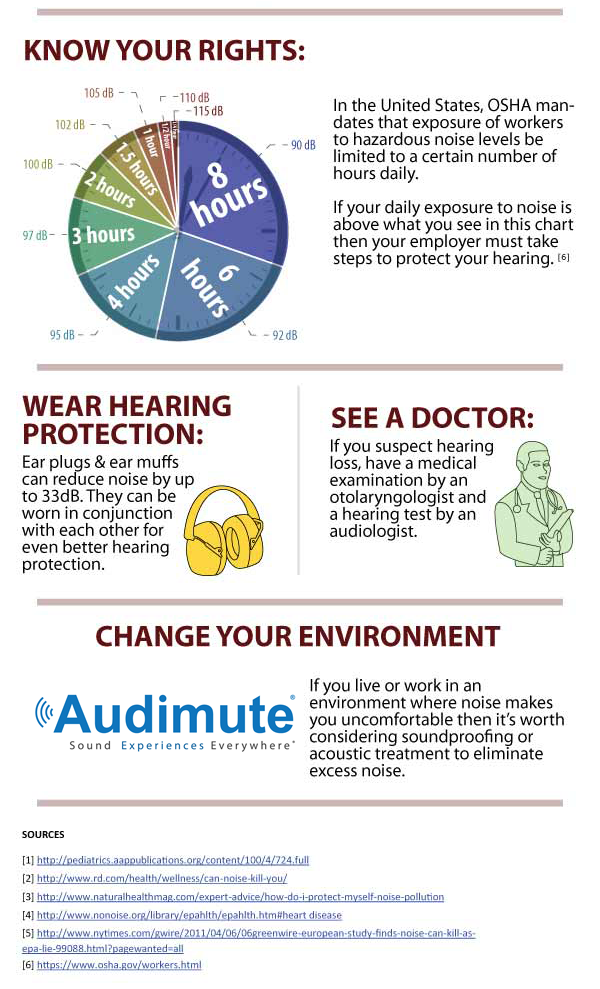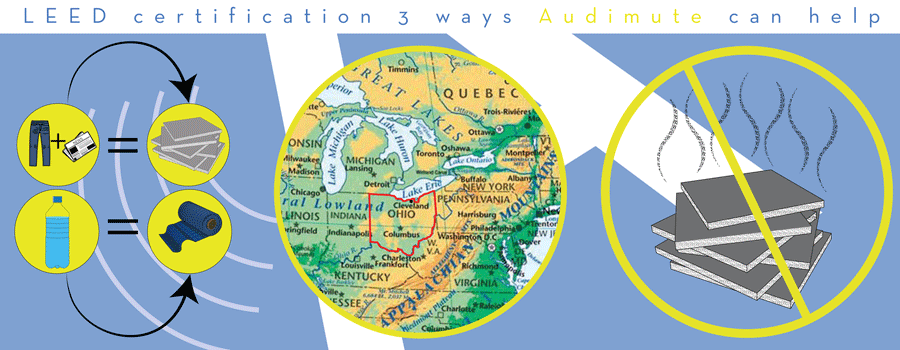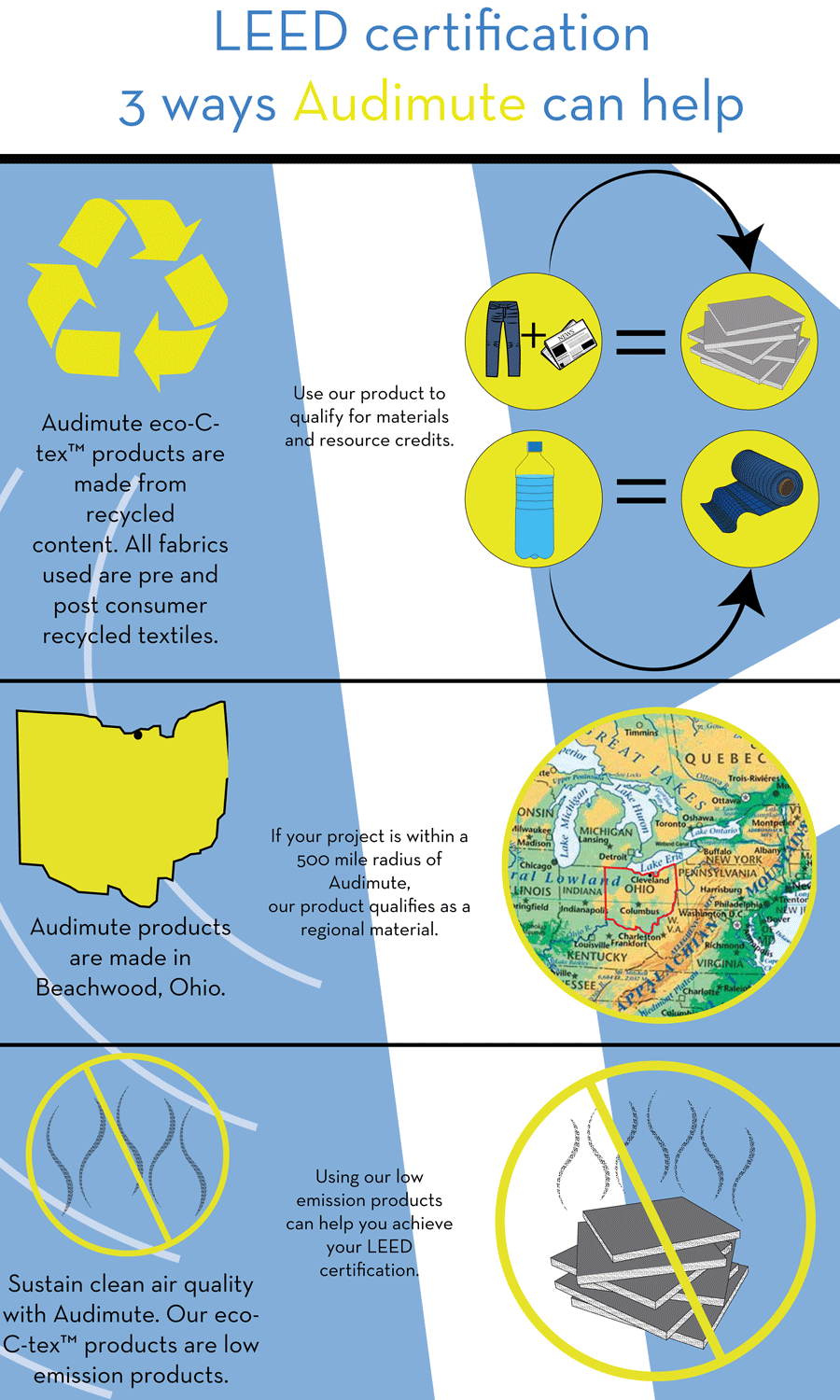McDowell County Visitor Center
- Jul 22, 2025
In late 2024, an old water heater at the McDowell County Tourism & Visitor Center in western North Carolina finally gave out and flooded the building, causing such significant damage that the flooring and furnishings had to be replaced. And while echoes had always been a problem in the visitor center, they became even worse in the wake of the water damage.
"The acoustics were overwhelming," says Kim Effler, president and CEO of the McDowell Chamber of Commerce and McDowell Visitor Center. "There were days we truly couldn't hear ourselves think."
With upwards of 20,000 visitors passing through the center every year en route to McDowell County's many attractions and activities, Kim knew the acoustics needed to be addressed.
Her search for an effective yet affordable acoustic solution brought her to Audimute and our Fabric Accent Acoustic Ceiling Clouds. Ideal for rooms with high ceilings or limited wall space, each Fabric Accent Acoustic Ceiling Cloud has an NRC rating of .95, absorbing an average of 95% of echoes, reverberations, and mid to high frequencies.
With three hexagon-shaped Fabric Accent Acoustic Ceiling Clouds now installed, the difference in sound quality inside the McDowell County Visitor Center has been significant.
"Acoustically, the space is now so much better," Kim says. "The ceiling clouds have created a calmer, more productive environment. Our team noticed the improvement immediately, and even our visitors have commented on how peaceful the space feels. It’s been a game-changer."
